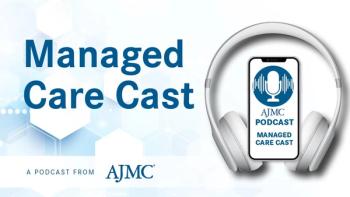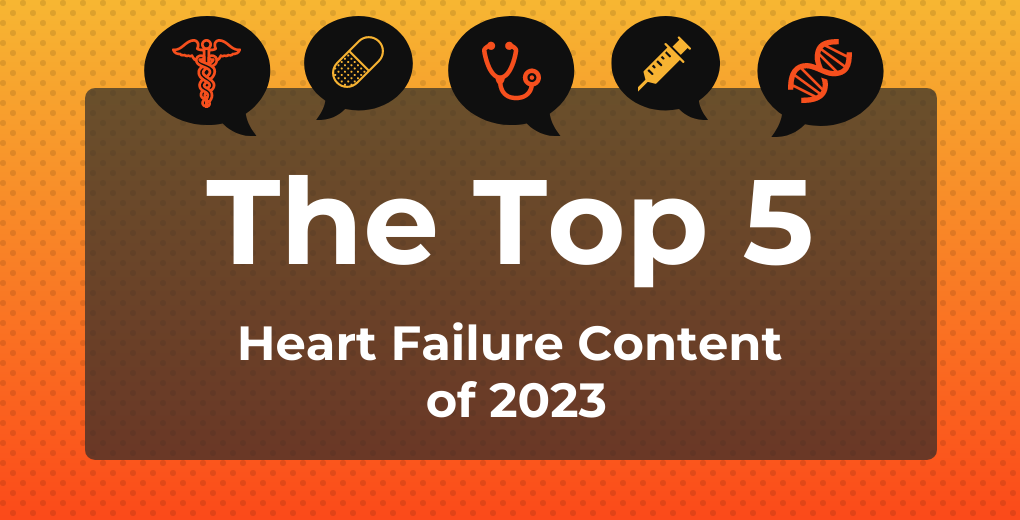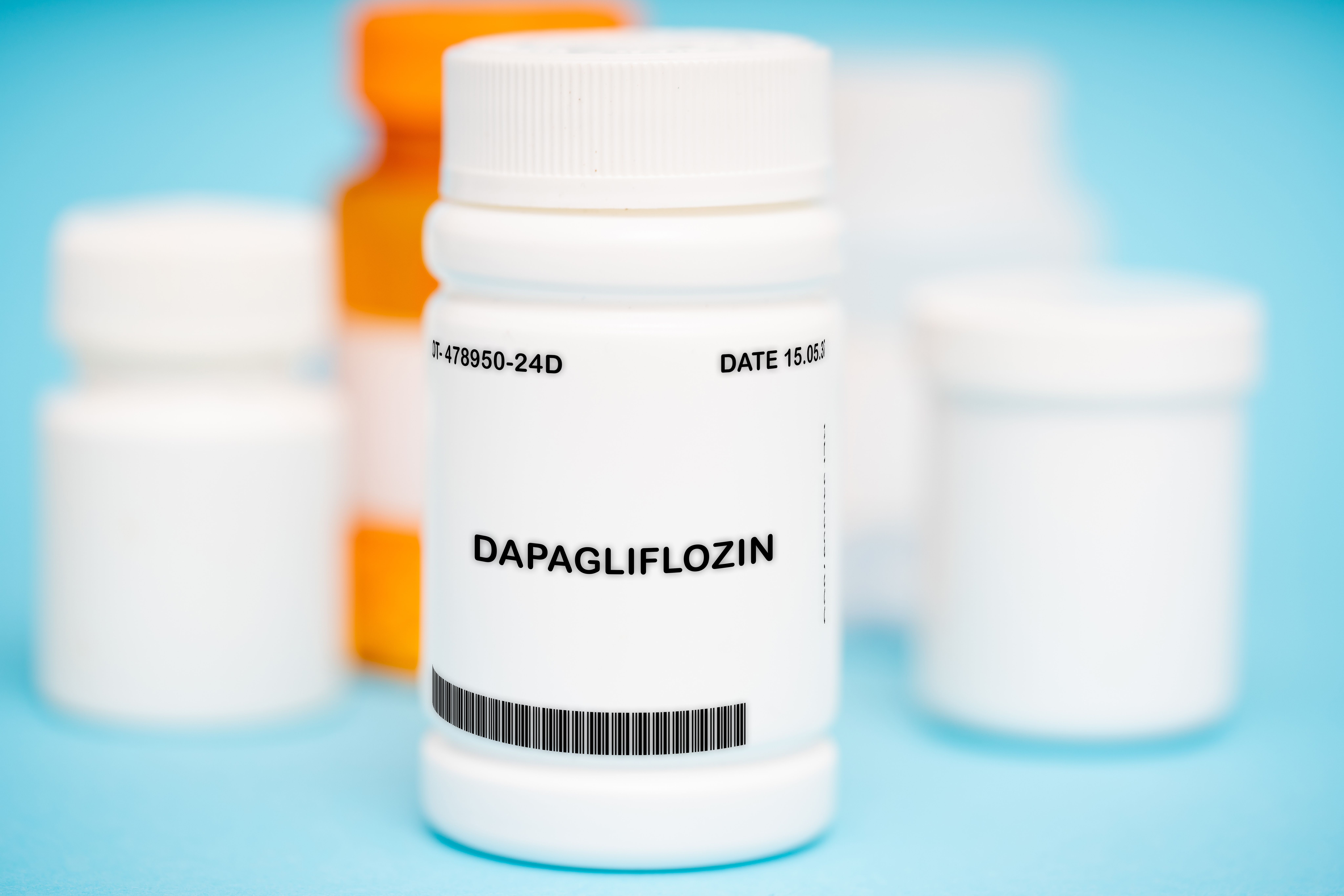
Heart Failure
Latest News

Latest Videos

CME Content
More News

An artificial intelligence (AI) app can detect increased fluid in lungs by simply hearing voice changes over time—and the increased fluid in lungs can be a sign of heart failure.

The study also identified similar 12-month outcomes between torsemide and furosemide regardless of heart failure (HF) type.

The tool assesses the risk of heart attack, stroke, and, for the first time, heart failure, offering a more comprehensive perspective on cardiovascular health.

New research highlighted how aspirin is unnecessary in antithrombotic regimens for patients with advanced heart failure and fully magnetically levitated left ventricular assist devices (LVADs).

The weight loss drug semaglutide showed significant cardiovascular benefits; Texas and Florida are restricting the promotion of COVID-19 vaccines; some Ohio legislators are seeking to block courts from interpreting the state’s recently passed constitutional amendment that created a right to abortion.

Artificial intelligence (AI) could help detect heart attack risk signs and prevent sudden cardiac death; Advocates demand the Biden administration finalize the proposed FDA ban on menthol cigarettes; Gun violence survivors and their families have many ongoing medical needs.

The improvement in quality of life (QOL) seen with use of sacubitril/valsartan for heart failure with preserved ejection fraction (HFpEF) could potentially result in more favorable clinical results.

Uptitration of renin-angiotensin-aldosterone system (RAAS) inhibitors was less successful in women than men with acute heart failure (AHF), especially in those with HF with reduced ejection fraction.

Patients with heart failure with preserved ejection fraction (HFpEF) may experience worsened exercise tolerance if they also have anemia.

Positive results from STEP-HFpEF indicate that semaglutide can improve quality of life and functional capacity in patients with obesity-related heart failure with preserved ejection fraction (HFpEF), but large outcomes trials are needed to confirm this, said Javed Butler, MD, MPH, MBA.

Despite improvements, hospitals struggle to meet prepandemic standards in door-to-balloon time.

Jennifer Sturgill, DO, Central Ohio Primary Care, discusses how shortages of antibiotics and medications for attention-deficit/hyperactivity disorder have affected primary care, as well as addresses the impact on heart failure care of CMS’ recent announcement of the first 10 drugs up for price negotiation in 2026 under the Inflation Reduction Act (IRA).

The findings of DICTATE-AHF have several implications for cardiologists treating patients with type 2 diabetes, said Zachary Cox, PharmD, professor at Lipscomb University College of Pharmacy.

While B-type natriuretic peptide (BNP) levels remain high in patients with end-stage heart failure with cardiogenic shock, these levels lose their prognostic value in patients using ventricular assist devices (VADs).

A tailored electronic health record (EHR) alert system did not significantly increase the prescription of guideline-directed medical therapies (GDMT) at hospital discharge for patients with acute heart failure (AHF).

Transcatheter aortic valve replacement (TAVR) demonstrated better short-term outcomes, while surgical aortic valve replacement (SAVR) had better long-term outcomes.

Despite not reaching statistical significance, findings from DICTATE-AHF show early dapagliflozin improved decongestion and led to earlier hospital discharge for patients with acute decompensated heart failure, explained Zachary Cox, PharmD, professor at Lipscomb University College of Pharmacy.

Investigators wanted to understand potential clinical relationships between daily activity measurement and patient-centered heart failure–related outcomes using smartwatch data.

At this year’s American Society for Preventive Cardiology Congress on CVD Prevention, Emelia J. Benjamin, MD, ScM, delivered the Honorary Fellow Award Lecture, “The Imperative to Focus on the Prevention of Atrial Fibrillation,” as the recipient of this year’s Honorary Fellow of the American Society for Preventive Cardiology award.

Data from the 1999-2018 National Health and Nutrition Examination Survey were used to analyze the prevalence of social determinants of health (SDOH) among patients with self-reported heart failure (HF).

Data on 10 social determinants of health (SDOH) were analyzed to determine their distribution among low-income patients hospitalized for heart failure (HF) at a safety-net hospital.

Outcomes for these patients following bystander CPR were compared with those among White patients.

Post heart failure (HF)–related hospital discharge care was investigated among patients through evaluation of usage rates of the Heart Failure Health Storylines mobile health application.

A new analysis from the American Heart Association found present-day heart failure risk was higher among Black adults who lived in areas historically impacted by redlining.

Outcomes for in-hospital mortality were compared between adult patients, women vs men, among those who had both acute myocardial infarction (AMI) and heart-related mechanical complications (MC).




















































